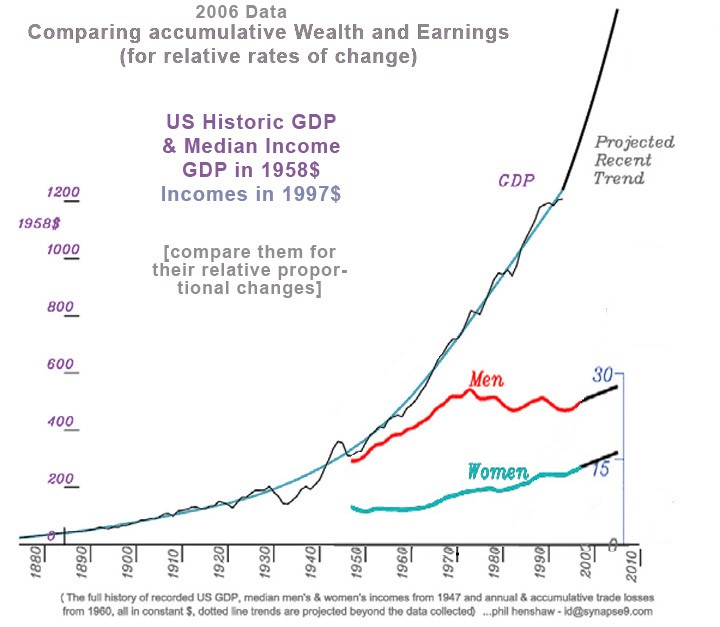Guaranteed” High Returns
Post on: 16 Март, 2015 No Comment

Welcome to Your Money. The topic today is how to guarantee yourself a huge return – 10 or 14 percent.
If you’ve listened to previous episodes of this podcast, you know that crooks talk about “guaranteed” high returns to try to sucker you into sending them your money. We’ve devoted whole podcasts to telling you to run, not walk from people who tell you a high return is “can’t miss” or “guaranteed.”
Well, keep listening, because we’re going to let you in on a little secret today. There is in fact one way to guarantee yourself a huge return. It isn’t easy, but it works 100% of the time. And – just so you know – you don’t need to send us any money to claim your guaranteed return.
So what’s the secret? Well, first we need to agree that little expenses add up. In fact, if you charge those expenses on your credit cards, they can add up to a lot of money in a remarkably short period of time. It’s easy to forget how much you’ve charged on your credit card, until the bill comes at the end of the month. That trip over spring break, the sale at the department store, and gas for the car – it all adds up.
Let’s say you have a $2,000 balance on a credit card that charges you a 14% interest rate. If you can’t pay off the full balance, you will pay the credit card company 14% interest to loan you the money you already spent. But if you pay off that credit card balance, you’ll have given yourself a 14% return on your money. Guaranteed.
If you look around, you’ll quickly discover that it just isn’t possible to make a guaranteed 14% investment return. Certificates of deposit and bank savings accounts are the closest thing to “guaranteed” investment returns – but they pay just a fraction of 14% per year. The reason the return on these savings vehicles is low is that there is little or no risk of your losing your money. The lower the risk, the lower the return.
It’s not easy to pay off a credit card debt, but it is worth it. Every time you use a credit card, write down how much you have spent and figure out how much you’ll have to pay that month. If you know you won’t be able to pay your balance in full, try to figure out how much you can pay each month and how long it’ll take to pay the balance in full.
If you’ve got unpaid balances on several credit cards, first pay down the card that charges the highest rate. Pay as much as you can toward that debt each month until your balance is once again zero, while still paying the minimum on your other cards. The same advice goes for any other high interest debt which does not offer tax advantages like, for example, a mortgage.
Just like little purchases can add up quickly to a big debt, consistently not making small daily purchases can add up to big savings. For example, if you buy a cup of coffee every day for $1.00 (an awfully good price for a decent cup of coffee, nowadays), that adds up to $365.00 a year. If you saved that $365.00 for just one year, and put it into a savings account or investment that earns 5% a year, it would grow to $465.84 by the end of 5 years, and by the end of 30 years, to $1,577.50.
That’s the power of “compounding.” With compound interest, you earn interest on the money you save and also on the interest that money earns. Over time, even a small amount saved can add up to big money. If you are willing to watch what you spend and look for little ways to save on a regular schedule, you can make money grow. You just need to start with one cup of coffee.
Thanks for joining us. Your Money is brought to you by the U.S. Securities and Exchange Commission. Write us at podcast@sec.gov
www.sec.gov/rss/your_money/guaranteed_high_returns.htm














